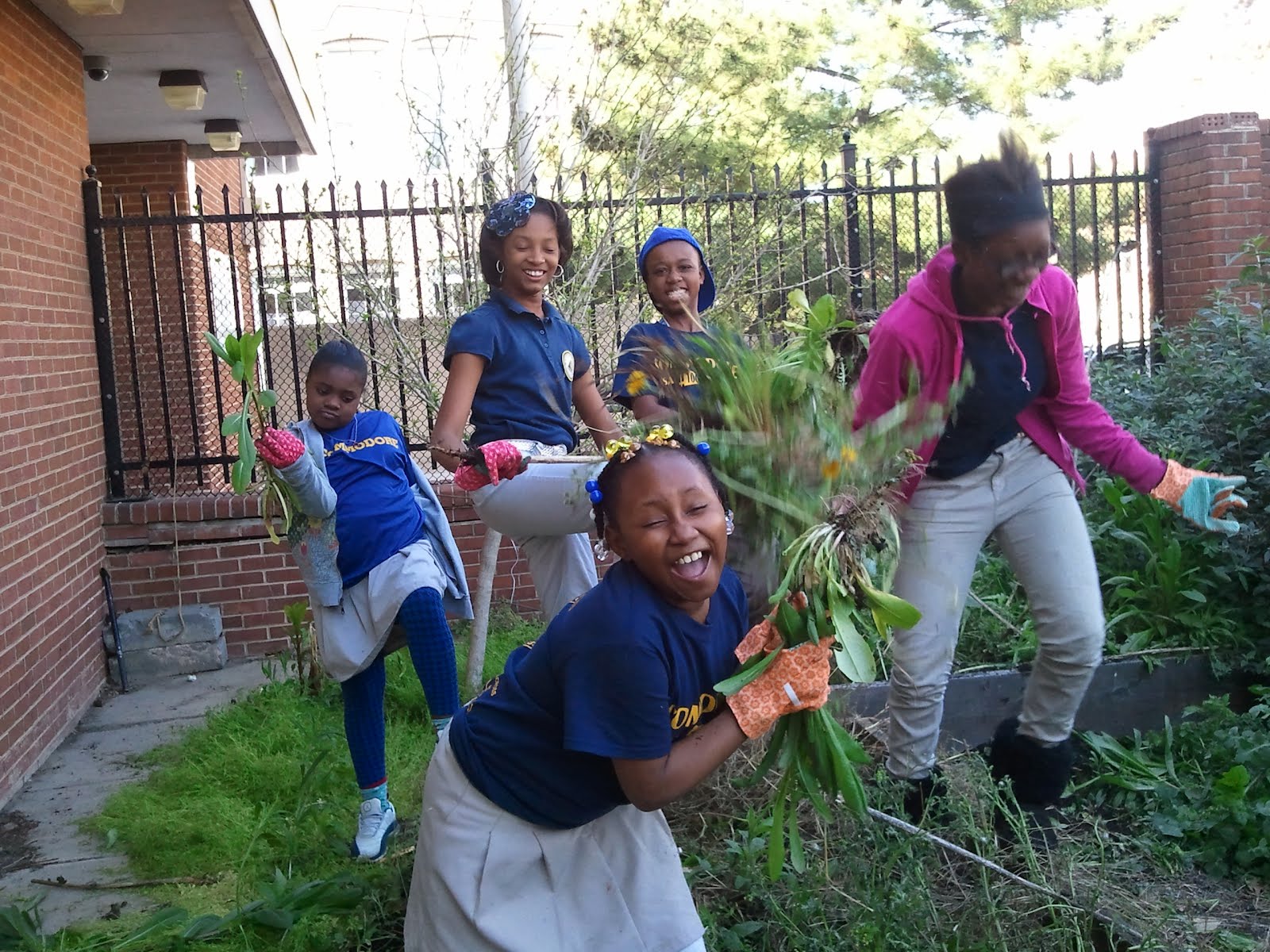AgriGo4Cities - Good practice example: Baltimore Urban Gardening with Students After School Program
30-11-2017
Baltimore is a city rich in arts and culture. Since it used to be second largest port in the country, people from around the world have arrived in Baltimore to plant new roots and follow their dreams. Baltimore ranks 4th among US cities in terms of the percentages of Blacks or African-Americans (over 65 % of total population). High percentage of black population is the reason for diverse tapestry of culture and art which is reflected in city’s museums, monuments, and festivals. On the other hand, city's black residents are facing many disparities and are living in a very different city than their wealthier white neighbors.
City administration and local community leaders are working hard to overcome the disparities. Many programs are focused on low-income neighbourhoods in East Baltimore where most of the black population reside. With such programs they aim to empower children, youth or elderly citizens and help them move toward a promising future.
Such example is BUGS (Baltimore Urban Gardening with Students After School Program) which aims to to equip students residing in challenging communities of East Baltimore with the knowledge, skills, and confidence they need for their present and future lives.
BUGS has emerged as a national model, and is one of the only programs in the country that uses urban gardening as a medium for fostering positive adult relationships and development of positive self-concepts. These elements are relevant and meaningful for students to move toward promising future.
The students involved in the project, members of predominantly Afro-American and low-income neighbourhood near the Baltimore City Detention Center, have little access to green space and few extra-curricular activities available to them.


BUGS program is focused on organically grown heirloom vegetable and herbs. They work on a social farm. Every spring they organize on-site (“zero mile”) Annual BUGS Farmers Market where they sell their produce.
"We found incredible results," told BUGS Educator Jason Reed to journalist from local ABS news channel. "The fact that they are aware of their surroundings, the fact that they get to explore an aspect of life that you don't often get the chance to explore in urban environment makes a huge difference."
Baltimore has a rich history of urban agriculture dating back to the 1890s. In 2013, the Baltimore Office of Sustainability formally adopted an urban agriculture plan, and the city has been instrumental in backing a number of agriculture projects. Apart from BUGS, Power in Dirt and Adopt-a-Lot, are among the most prominent urban agricultural programs in Baltimore.
BUGS is an an after-school program as well as a summer program. The program uses urban gardening, in addition to “cooking, creative arts and movement, and entrepreneurial projects,” to provide these children a safe place to go after school and to empower and inspire them to develop academically, creatively, and socially. Kids have the opportunity to visit local farms, to garden, and try new foods. The program engages youth in learning while providing them with a safe and healthy alternative to the streets.
The program uses a passive participative approach. It includes the vulnerable group in to decison making by instructing and mentoring garden activity.
Due to powerful results of this program we decided to include it to our list of best practices where urban gardening is a tool for inclusion of vulnerable groups.
